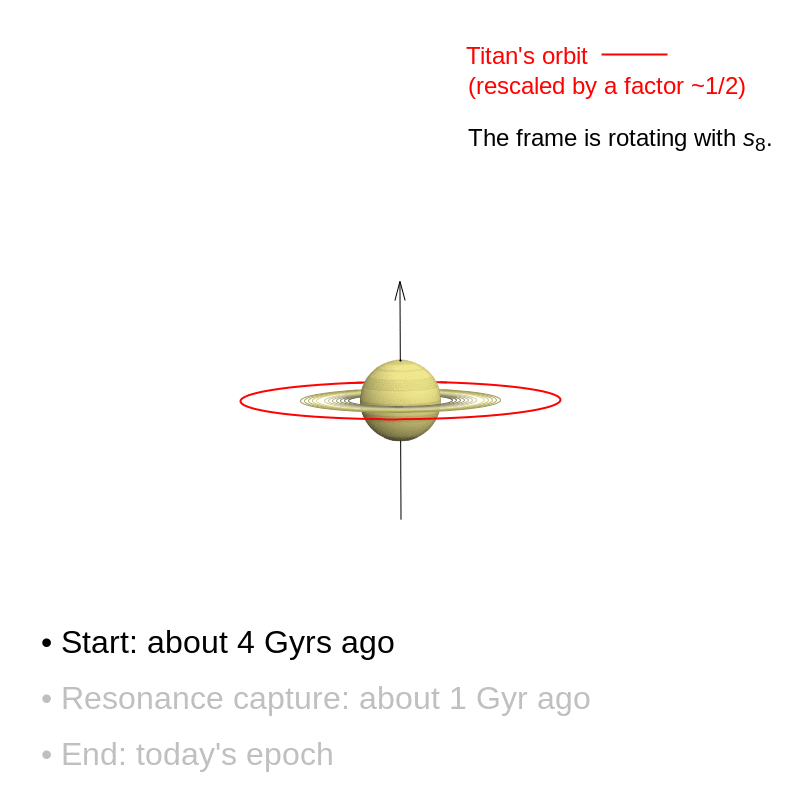Researchers at the Paris Observatory’s Institute of Celestial Mechanics and Ephemeris Calculation have found that the unusual tilt of Saturn’s axis is due to the periodic gravitational pull of its moons over the last billion years.
Everyone who has taken basic geography knows that the Earth is tilted on its axis, but so are the other planets and other bodies in the solar system. The degree of these tilts vary so dramatically that, at first glance, this seems to be random. The tilt of a planet “just is.”
However, this turns out not to be the case. Saturn has a tilt in relation to its orbit of 26.73°, but this is not the result of chance. In fact, according to a pair of scientists from CNRS and the Sorbonne University working at the Paris Observatory, it’s due to a complex ballet of gravitational forces.
The mechanism is something called orbital resonance. As bodies revolve around the Sun and each other, they tug at one another periodically. It’s a very small tug, but over time, this can have a very large cumulative effect. The same principle is at work when you push a child in a swing. The push can be very small, but a swing, and an orbit, has a natural frequency at which it naturally vibrates, so each small push adds up to a big arc.

Coline SAILLENFEST/IMCCE
This concept of orbital resonance explains a lot about how orbiting bodies interact. In the case of Saturn, the research team found that the planet’s tilt wasn’t the result of an interaction with the gas giant Neptune four billion years ago, as previously thought, but by the pull of Saturn’s moons, especially its largest satellite, Titan.
Observations have determined the Titan and the other Saturnian moons are migrating. Over time, they are moving away from the planet, much as the Moon is gradually moving away from the Earth. However, the rate of the Saturnian moons’ migration is faster than previously thought, resulting in a greater tilt of the planet.
According to the research, Saturn had only a slight tilt for its first three billion years of existence. Then, about a billion years ago, the moons’ pull set up the orbital resonance that quickly, in cosmic terms, increased the tilt, which is still ongoing. It’s estimated that over the next billions of years, the tilt will become more pronounced.
The research was published in Nature Astronomy.
Source: CNRS
Source of Article